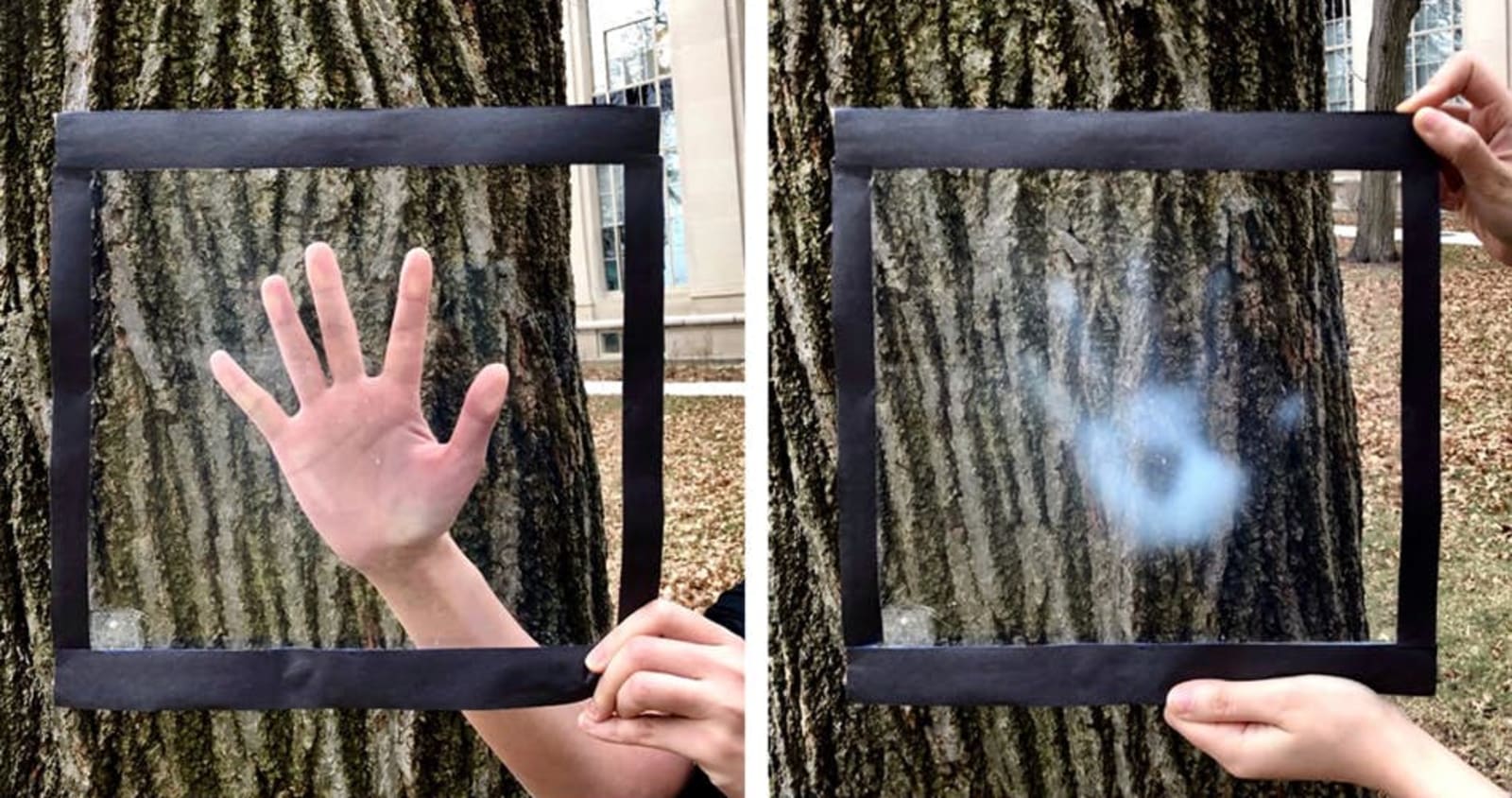I know I posted about this before, but this time they made it final. So this is a way to celebrate. 49 States to go..
California Becomes 1st State to Require Solar Panels on New Homes. Here’s How It Will Reduce Utility Costs
https://finance.yahoo.com/news/california-becomes-1st-state-require-181816746.html
California has taken the final step to be the first state in the nation to require solar panels on new homes.
The California Building Standards Commission on Wednesday unanimously upheld a May 9 decision to require solar panels on homes up to three stories. The requirement goes into effect Jan. 1, 2020.
Currently, just 9% of single-family detached homes in California have solar panels. But as the state pushes toward decreasing greenhouse gas emissions—and with a 2045 goal to transition to a fully renewable energy grid devoid of fossil fuels—this rule will help accelerate that progress. Aside from energy efficiency, solar panels reduce ozone-damaging household emissions, most of which come from natural gas-generated electricity.
In the long-term, solar panels benefit homeowners. While the upfront cost for building a home will increase—by as much as $10,000, according to the California Energy Commission, or as much as $25,000-30,000, according to home construction company Meritage Homes—long-term energy bill savings will be considerable.
Reuters reports that a homeowner could expect to save $19,000 in energy costs over 30 years, while Meritage Homes predicts reduced operating costs could amount to as much as $50,000-60,000 over a 25-year period.
:}
It is OK to dance. Go there and read. More next week.
:}



